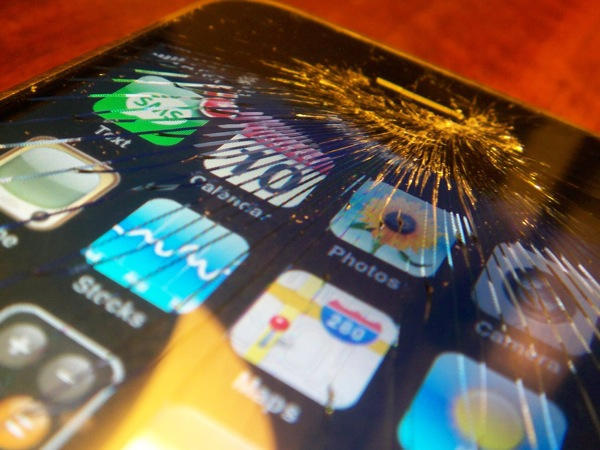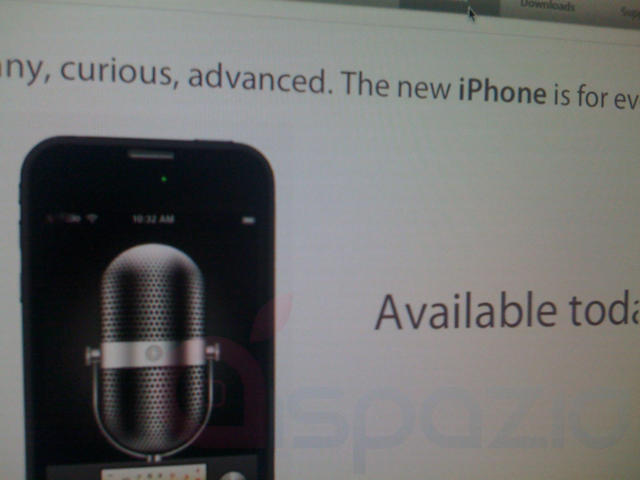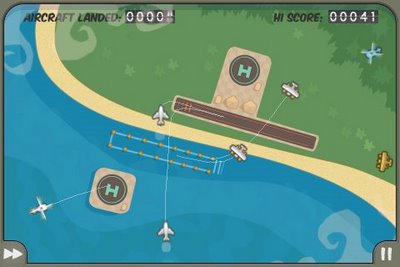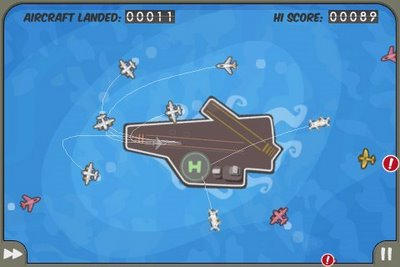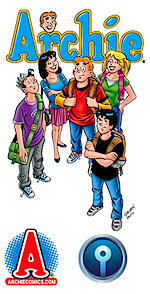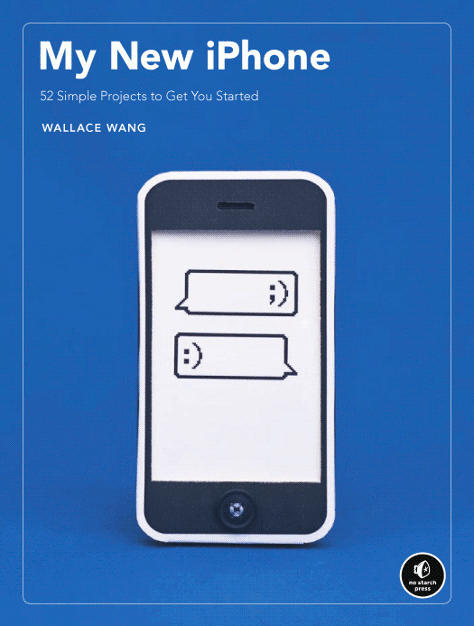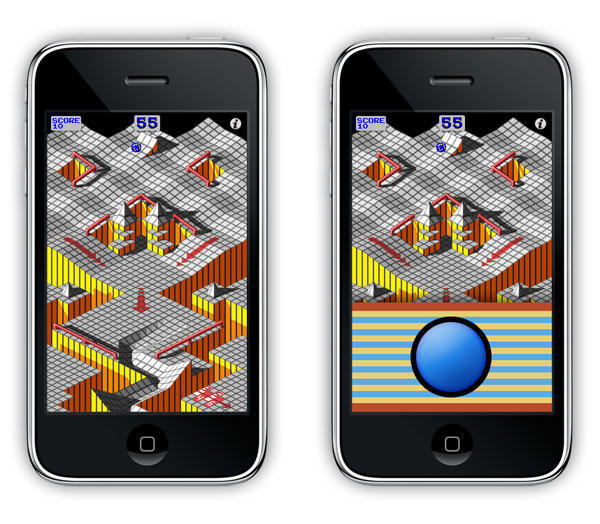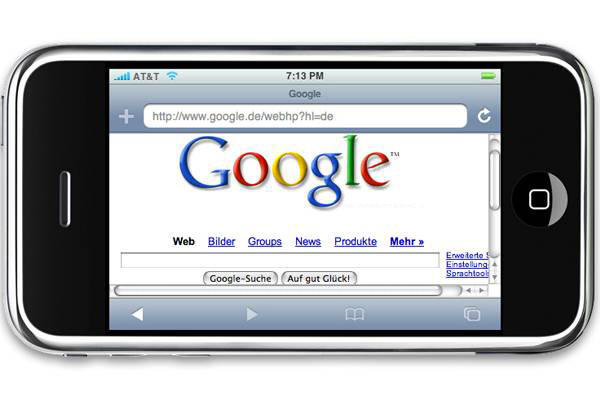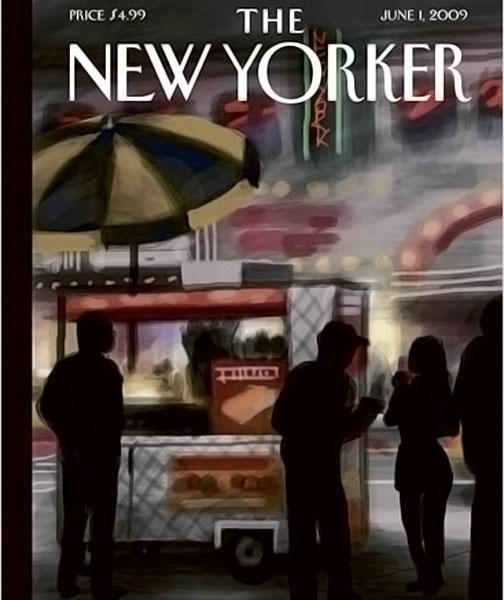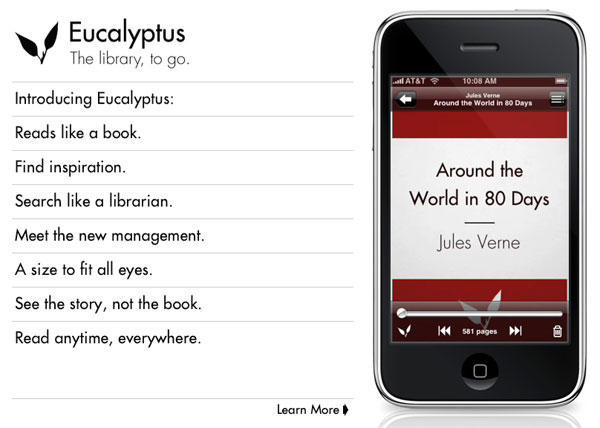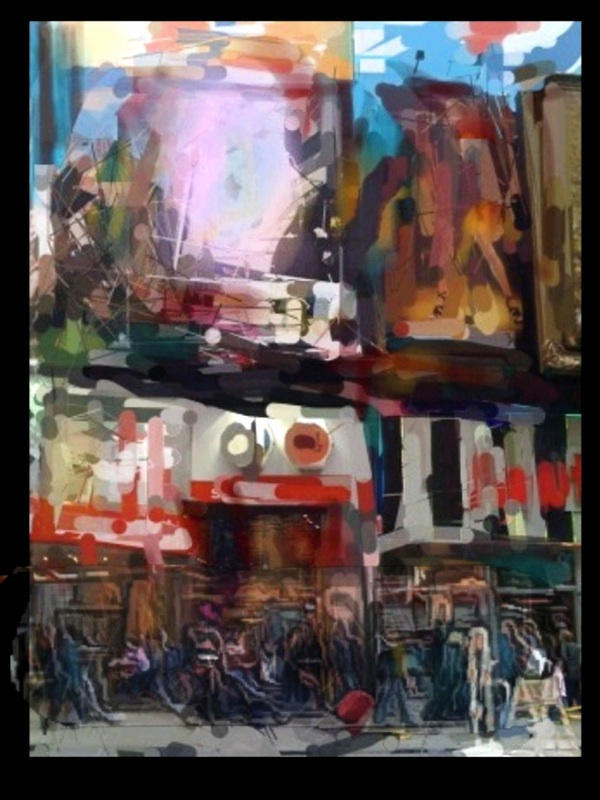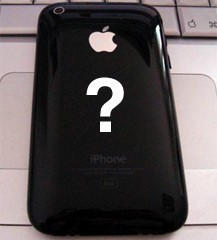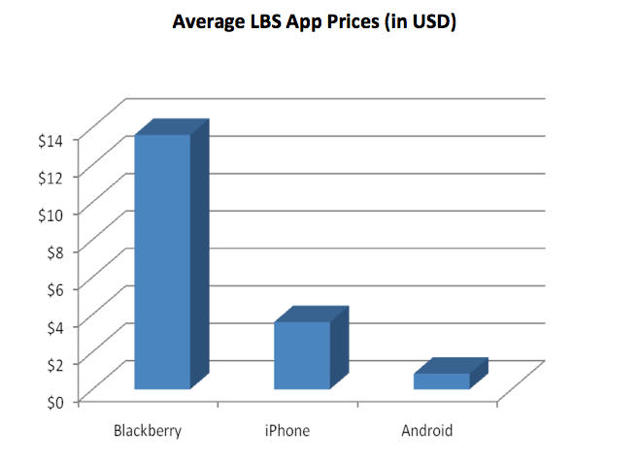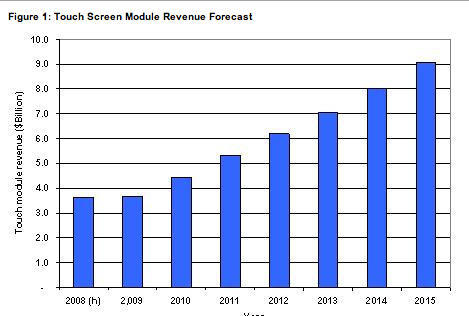By Jonathan Zschau
Apple released the iPhone 3G on July 11th, 2008, which gives you early adopters just a few weeks before your one-year warranty runs out.
What does this mean? It means you should give your iPhone a good hard look to determine if it’s in your best interest to take your iPhone to your local Apple Store to try to obtain a replacement.
There are at least 18 well-known defects with the iPhone, all of which oblige Apple to replace the handset for free. All are detailed are over the next few pages, including ways to test your iPhone to make sure everything is functioning properly.
Issues that Apple considers grounds for replacement include hairline cracks, discolored screens, dead pixels, flakey WiFi, dodgy GPS and crackly speakers.
If your precious iPhone is suffering from any of these problems, read on to make sure you’re properly prepared before you head down to your local Apple store and get a replacement. Hurry, before it’s too late.
